Architect Alex Scott Porter grew up in New York City but spent summers at a farmhouse in Maine, eating vegetables from the garden, drinking from a gravity-fed water tap, and bathing in a nearby lake. These rustic experiences have had a lasting effect on Porter’s architectural approach; in her designs, she strives to create a built environment that is in harmony with nature, using materials that are environmentally clean and natural ventilation whenever possible.
We recently caught up with Porter and asked her for a list of her favorite sustainable design books; to see her work, go to Alex Scott Porter Design.
Above: Sustainable Living: 25 International Examples, by Dominique Gauzin-Muller; $79.95 at Amazon. “Inspiring examples of how green architecture does not have to be reductive and austere.”
Above: Building Envelopes: An Integrated Approach, $16.47 at Amazon. “This book describes a number of sustainable envelope case studies. Where a lot of publications gloss over the technical aspects in favor of flashy photos, this book uses simple diagrams to convey the underlying principles of energy efficiencies.”
Above: The Green Studio Handbook, by Alison Kwok and Walter Grondzik; $43.23 at Amazon. “This book sets up a nice reference outline for approaching a project in a sustainable manner, from siting to alternative energy options.”
Above: Architectural Detailing: Function, Constructibility, Aesthetics, by Edward Allen and Patrick Rand; $35.15 at Amazon. “Although this book is not explicitly about sustainable design, it does a great job of illustrating the essential patterns of construction that will last, which to me is paramount to sustainability.”
Above: In Search of Natural Architecture, by David Pearson; $25.37 at Amazon. “This book examine the sustainable aspects of vernacular architecture from around the world. It also offers powerful examples of how architecture affects spiritual well being.”
Above: Hot, Flat, and Crowded, by Thomas L. Friedman; $10.88 at Amazon. “Friedman presents a convincing argument for why we need to embrace green design now; I wish everybody would read this book.”
Above: LEED Materials: A Resource Guide to Green Building, by Ari Meisel; $26.40 at Amazon. “In a marketplace where many materials are advertised as green, this book is helpful in separating out those that actually are.”








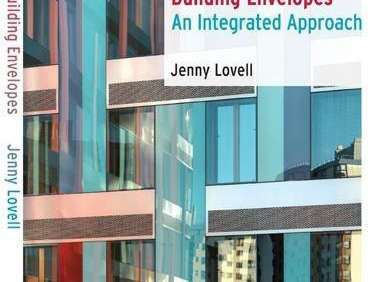


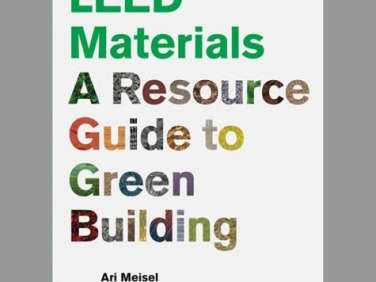
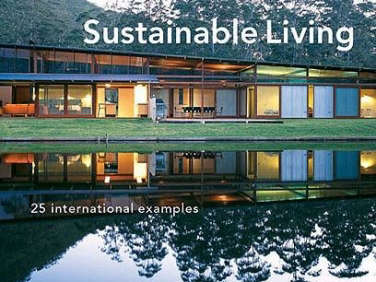
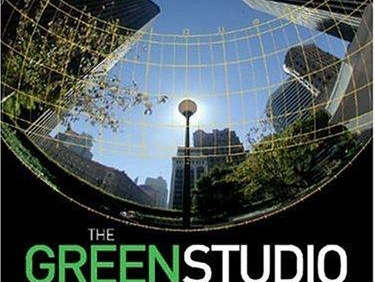
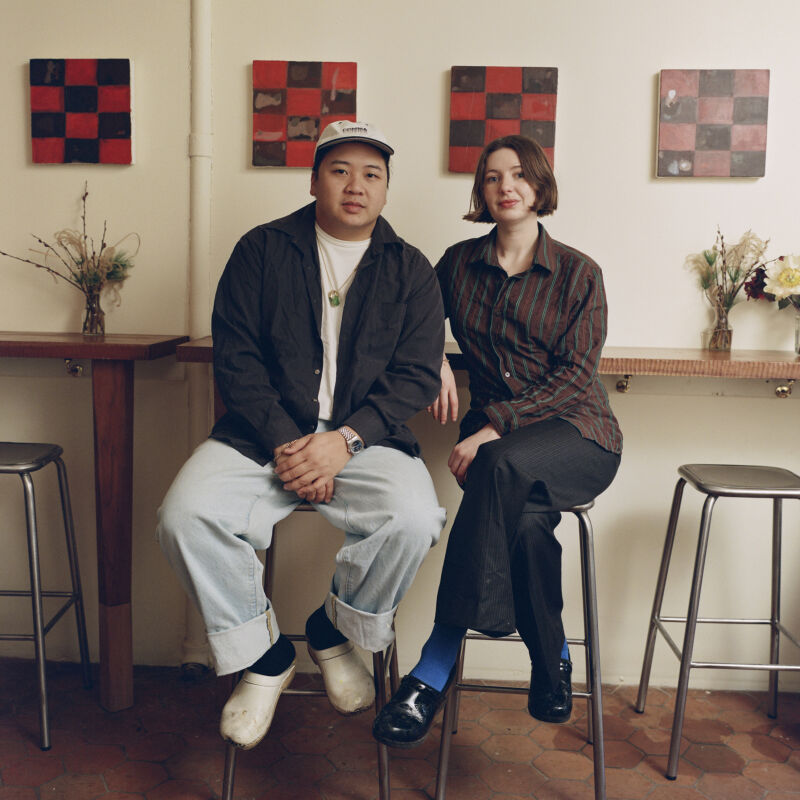



Have a Question or Comment About This Post?
Join the conversation (0)